 How to Maximise ROI for Fibre Network – CHT-ALC-QSFP-40G-ER 40GBASE?
How to Maximise ROI for Fibre Network – CHT-ALC-QSFP-40G-ER 40GBASE?
When it comes to investing in fibre networks, one of the top priorities for businesses is maximising their return on investment (ROI). With the constant advancements in technology and the ever-growing demand for high-speed internet, fibre networks have become a crucial aspect of any successful business. However, simply installing fibre networks is not enough to ensure maximum ROI. In this post, we will delve into some outside-the-box strategies to help you , maximise your ROI for fibre networks.
The Importance of Choosing the Right Transceivers
Before we dive into the strategies, it is essential to understand the role of transceivers in fibre networks. Transceivers are devices that transmit and receive data over fibre optic cables. They act as the interface between fibre optic cables and networking equipment such as switches and routers. Choosing the right transceivers is crucial for maximising the performance and ROI of your fibre network.
Maximising ROI for Fibre Networks
CHT-ALC-QSFP-40G-ER 40GBASE Transceivers
One of the most critical factors to consider when selecting transceivers is compatibility. The CHT-ALC-QSFP-40G-ER 40GBASE transceivers are compatible with a wide range of networking equipment, including Cisco, HP, and Juniper. These transceivers are ideal for long-distance data transmission, making them a perfect choice for businesses with large-scale fibre networks.
Juniper QSFPDD 400G Transceivers
For businesses with high-bandwidth needs, the Juniper QSFPDD 400G transceivers are an excellent choice. These transceivers can handle data speeds of up to 400Gbps, making them ideal for data-intensive applications. Their compatibility with Juniper networking equipment makes them a cost-effective option for businesses looking to upgrade their fibre networks.
ADTRAN Compatible Transceivers
Another crucial factor to consider when choosing transceivers is reliability. The ADTRAN Compatible transceivers are known for their high-quality and reliability. These transceivers are compatible with a wide range of networking equipment, making them a versatile option for businesses with diverse networking needs. With their robust performance and affordable prices, ADTRAN Compatible transceivers can help ,maximise the ROI of your fibre network.
Cisco QSFP-40G-SR4 Compatible 40GBASE Transceivers
For businesses using Cisco networking equipment, the Cisco QSFP-40G-SR4 Compatible 40GBASE transceivers are an excellent choice. These transceivers offer high-speed data transmission of up to 40Gbps and are ideal for short-distance connections. Their compatibility with Cisco equipment makes them a seamless and cost-effective option for businesses looking to upgrade their fibre networks.
AVM Compatible Transceivers
One way to ,maximise ROI for fibre networks is by using AVM Compatible transceivers. These transceivers are compatible with a wide range of networking equipment, including AVM, Barracuda Networks, Belkin, Microtik, Mitsubishi, Motorola, Netgear, and NEC. By using AVM Compatible transceivers, businesses can save significantly on their transceiver costs without compromising on performance.
Barracuda Networks Compatible Transceivers
For businesses using Barracuda Networks networking equipment, the Barracuda Networks Compatible transceivers are an excellent choice. These transceivers offer high-speed data transmission and are compatible with a wide range of Barracuda Networks equipment. By choosing these transceivers, businesses can improve the performance of their fibre networks without breaking the bank.
Belkin Compatible Transceivers
Another cost-effective option for businesses is the use of Belkin Compatible transceivers. These transceivers offer reliable and high-speed data transmission and are compatible with Belkin networking equipment. By using Belkin Compatible transceivers, businesses can upgrade their fibre networks without overspending on transceiver costs.
Microtik Compatible Transceivers
For businesses using Microtik networking equipment, the Microtik Compatible transceivers are a perfect fit. These transceivers offer high-speed data transmission of up to 10Gbps and are compatible with a wide range of Microtik equipment. By choosing these transceivers, businesses can ensure the smooth and efficient operation of their fibre networks.
Mitsubishi Compatible Transceivers
Another way to ,maximise ROI for fibre networks is by using Mitsubishi Compatible transceivers. These transceivers offer high-speed data transmission and are compatible with Mitsubishi networking equipment. By using these transceivers, businesses can improve the performance of their fibre networks and reduce their transceiver costs.
Motorola Compatible Transceivers
For businesses using Motorola networking equipment, the Motorola Compatible transceivers are a cost-effective and reliable option. These transceivers offer high-speed data transmission and are compatible with a wide range of Motorola equipment. By choosing these transceivers, businesses can upgrade their fibre networks without exceeding their budget.
Netgear Compatible Transceivers
Lastly, the Netgear Compatible transceivers are an excellent choice for businesses using Netgear networking equipment. These transceivers offer high-speed data transmission and are compatible with a wide range of Netgear equipment. By using these transceivers, businesses can improve the performance of their fibre networks and save on transceiver costs.
Now that we have covered the importance of choosing the right transceivers let’s explore some outside-the-box strategies for maximising ROI for fibre networks.
Why is The Application of Transceivers in Data Centres Rising Rapidly?
Unlocking the Potential of Optical Communication
Transceivers are more than just a simple piece of equipment in data centres. They are the key to unlocking the potential of optical communication, making them an essential component of modern data centre infrastructure.
- With their ability to transmit and receive data simultaneously, transceivers allow for seamless data transfer, ensuring efficient and reliable communication in data centres.
- At its core, a transceiver is a device that combines a transmitter and a receiver. This unique combination allows for bidirectional communication by converting electrical signals into optical signals and vice versa.
- This means that data can be sent and received simultaneously, making transceivers a critical element in data centre operations.
The Data Traffic Surge: Powering the Need for Fast Connectivity
The exponential rise in data traffic is a major catalyst for the widespread adoption of transceivers in data centres. With the increasing use of digital services, cloud computing, IoT, and video streaming, data centres are experiencing an unprecedented surge in data demands.
According to market insights, the global IP traffic is expected to reach a staggering 4.8 zettabytes per year by 2022, almost double the 2019 levels.
To keep up with the ever-growing bandwidth requirements, data centres are rapidly transitioning to higher-speed networks.
Transceivers play a crucial role in supporting this transition, offering speeds of up to 100Gbps, 400Gbps, and beyond. As a result, the market for high-speed transceivers is witnessing remarkable growth, with a projected CAGR of 24.8% from 2021 to 2026.
Data Traffic on the Rise: Driving the Need for Fast Connectivity
- The surge in data traffic has become a major catalyst for the widespread adoption of transceivers in data centres. The rapid growth of digital services, cloud computing, IoT, and video streaming has led to an unprecedented demand for data.
Market experts predict that by 2022, global IP traffic will reach a staggering 4.8 zettabytes per year, almost double the levels seen in 2019. - To meet the requirements of high-speed and long-distance connectivity, fibre optics has emerged as the go-to choice for data centres.
- Compared to traditional copper-based connections, fibre optic cables offer numerous advantages, including faster data transfer rates, longer reach, and greater scalability. Transceivers play a crucial role in enabling fibre optic connectivity within data centres.
- Acting as the interface between electrical and optical signals, they convert the data for transmission over fibre optic cables and vice versa.
The demand for fibre optics is on the rise, with the global market expected to reach a whopping $9.9 billion by 2026. This trend solidifies the shift towards fibre optics as the future of data centre connectivity.
Note: The use of fibre optic cables offers numerous advantages, including faster data transfer rates, longer reach, and greater scalability.
Moreover, transceivers have become an integral part of data centres, accommodating various types of fibre optic cables such as multimode and single mode, to cater to specific network configurations. This flexibility not only enhances the scalability but also the adaptability of data centre networks.
Here we highlight 3 ways to reduce capital expenditures (CAPEX) and maximise the ROI from infrastructure capital investments from an optical perspective.
Maximise Your Bandwidth with Advanced Optical Technology
Optical transceivers are essential tools for converting electrical data signals into laser on/off signals that can be efficiently transmitted over optical fibre. For even greater efficiency and reach, Active Optical Cables (AOCs) and Next-Gen Transceivers offer exceptional benefits.
- Revolutionize Your Network with AOCs – AOCs combine the power of optical transceivers with the simplicity of a plug-and-play cable, resulting in a complete and cost-effective solution for long-distance data transmission.
- With a reach capability of 3-200 meters, AOCs offer unparalleled convenience and performance compared to traditional optical transceiver and fibre-based applications.
- In addition, AOCs boast significantly lower costs and power consumption, with electrical power requirements as low as 2.2W, compared to 4.5W for traditional optical transceivers. This makes AOCs an ideal choice for maximising bandwidth and throughput without breaking the bank.
- Upgrade to 25G for Immediate Results – If you’re looking for an immediate boost in your network’s bandwidth and throughput, consider transitioning from 10G to 25G in SFP+ interfaces.
Many switches and routers that currently support 10G can seamlessly upgrade to 25G with the use of SFP28 transceivers.
This simple upgrade can result in a 2.5x increase in port throughput, without any increase in electrical power requirements.
- Maximising Fibre Resources with CWDM/DWDM Technology
For businesses with limited fibre resources, maximising the services generated over each fibre is crucial. This is where Coarse Wavelength Division Multiplexing (CWDM) and Dense Wavelength Division Multiplexing (DWDM) come into play.
CWDM technology allows for the transmission of 8 to 16 additional services over a single fibre link, while DWDM enables even more services to be transmitted.
This means that with the right technology, businesses can significantly increase their revenue-generating potential over a single fibre link.
- Active Optical Cables (AOCs): Simplifying and Streamlining Optical Connectivity
AOCs are game-changers in the world of optical networking, combining the functions of an optical transceiver and fibre connection into a single, plug-and-play cable. With a reach capability of up to 200 meters, AOCs offer the long-range benefits of optical technology with the simplicity and convenience of a standard cable.
In comparison to traditional optical transceivers and fibre-based applications, AOCs offer significant cost and power savings.
A typical AOC solution requires only 2.2W of electrical power, whereas an optical transceiver-based solution may consume up to 4.5W. This makes AOCs not only more efficient, but also more cost-effective for businesses looking to upgrade their optical networks.
This means you can enjoy faster data transmission without any additional strain on your network’s resources.
FAQ's
Megnet fibre optic products cover models for both multimode fibre at 850 nm wavelength and single mode fibre at 1310 nm wavelength.
Megnet all-fibre optic technology delivers pixel-for-pixel transmission of video signals to produce optimal image quality at high resolutions.
The LC-type connector used on Megnet products is very popular in fibre optics for its high performance, small size, reliable connectivity, and precise core alignment.
Megnet offers fibre optic cables and factory-terminated fibre optic cable assemblies in both OM4 laser-optimized multimode and single-mode varieties. All Megnet fibre optic cables are bend-insensitive to reduce bend-induced losses.
Megnet multimode and single-mode fibre optic cables are bend-insensitive to reduce bend-induced losses. Fibre optic bend losses are negligible down to a 7.5 mm fibre bend radius.
Megnet multimode fibre optic cables meet or exceed OM4 performance ratings, making them the highest-performance fibre optic cable available.
Megnet offers a Fibre Optic Test Set with all of the tools needed to measure optical power and loss in multimode and single-mode fibre optic AV equipment and cabling.
The skills needed to install fibre optic cabling are as same as the skills required for installing copper cabling.
Special cleaners, solvents, lint-free wipes, and swabs are available. The swabs are for cleaning the inside of the connector on an instrument.
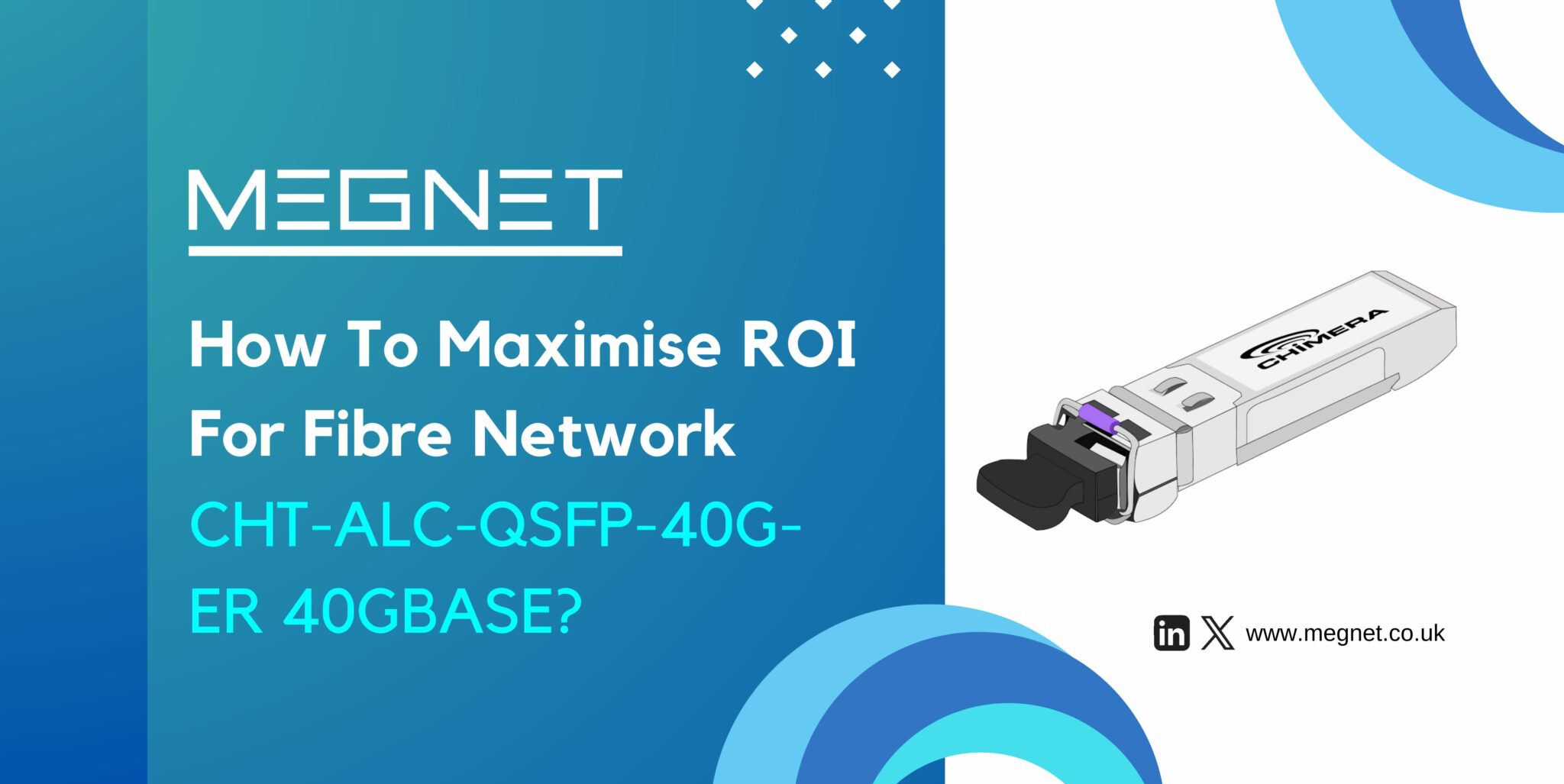

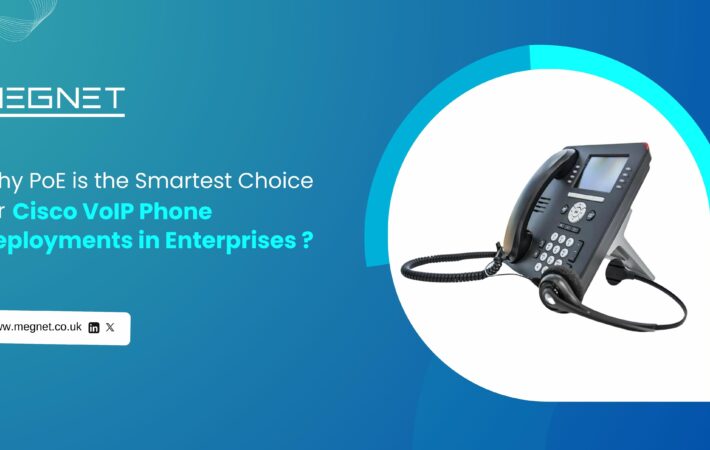
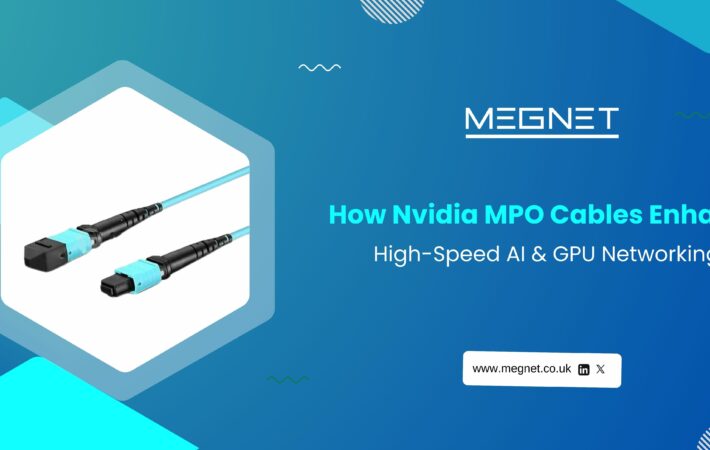

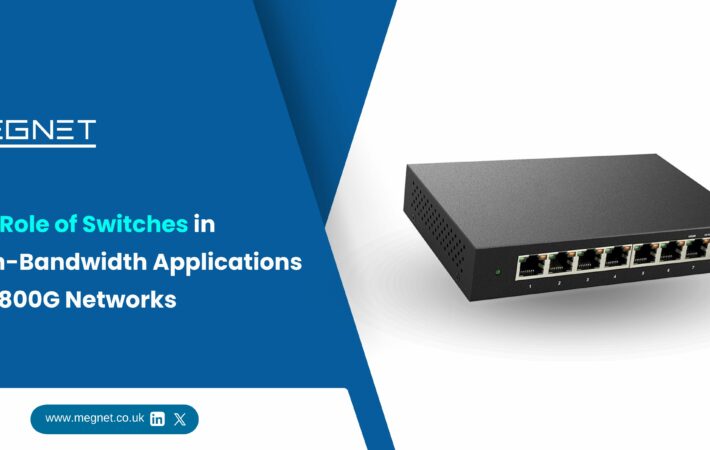
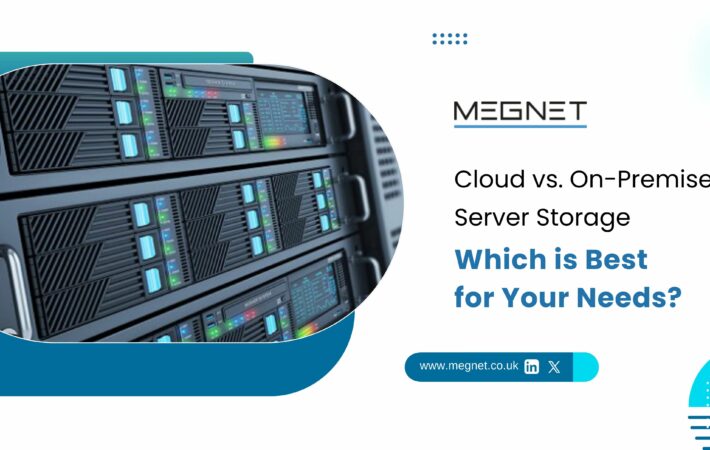


Leave a comment
Your email address will not be published. Required fields are marked *